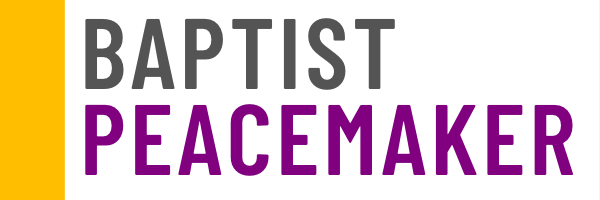Preparing a Sunday Liturgy: Resources for the Local Church
Our faith can be expressed in different ways. Throughout the history of the church, one of the most important ways of transmitting and capturing that faith that comes to life has been through the liturgy. Of Greek origin, liturgy means “work of the people.” In its classical sense, liturgy was interpreted as a public service. However, when this service was related to the religious sphere, liturgy referred to official worship given to the gods.
Within the liturgical celebration, the church expresses its faith, proclaims its vision of human life and the world, announces the presence of God and its action in the midst of this reality, and feels the challenges that this reality raises for its mission.
Below are some ideas to help create resources to accompany the community in celebration.
Space and setting:
Each celebration of the liturgical year has a theme that the liturgical team, or whoever leads the celebration, must identify. Think about the setting of the liturgical space: organizing the seats, deciding the liturgical center, defining places for readings and announcements, sharing testimonies, socializing the message, performing dynamics, playing music, etc. Where will the cross, the Bible, candles, tapestries with liturgical colors, baptistery, pulpit or lectern, other symbols for the day, etc., go?Biblical version selection:
It must be recognized that not all versions of the Bible have language that appeals to people who participate in community life. It is necessary to find the best version for the group with which the faith is celebrated. We recommend translations that use inclusive language.Liturgical resources
All kinds of resources can be included in a given celebration. There aren’t only texts to be read (prayers, litanies, antiphons, blessings, affirmations of faith, intercessions, etc.), but also visual and artistic resources, which are often ignored or undervalued media for communication.
Prayers, greetings, call to worship, etc.:
In addition to the biblical text, we must encourage ourselves to write specific texts for the greeting, welcome, or call to worship. We can write an affirmation of faith that is based on any of the readings. We could use, for example, one of the phrases as a community response.Selection of music and hymns:
Identify which songs or hymns within the materials known in each community refer to the theme of the day. Possibly very few resources address the subject; therefore, it is good to encourage those who have musical knowledge or gifts to compose short musical refrains to answer a prayer or to welcome the community or to conclude the celebration. It is important to value especially the rhythms of the region, highlighting the relationship between community faith and the local context where that faith is lived. The songs must have popular, community and inclusive language, both in references to the Divine and people.Symbolic (other expressions of art)
Not everything in our celebrations should be words and sounds. Luiz Carlos Ramos (Brazil) reminds us of the importance of including all branches of art in our celebratory experiences, such as:
Literature: art of the word
Choreography: art of movement
Architecture: art of space
Sculpture: art of volume
Painting: art of light
Music: art of sound
Cinema: art of recorded video
All of these can be incorporated in our liturgical spaces.
Here are some helpful resources for worship and liturgy in churches:
Responsorial prayer: https://youtu.be/SAe1jY3hxRY
Local rhythms:
Peace in our Land, https://youtu.be/zFxg0bH-D8A
Soaring in the Spirit, https://youtu.be/KGx-QeLtS7Y
Beyond Barriers, https://youtu.be/rw1v53kd5vs

